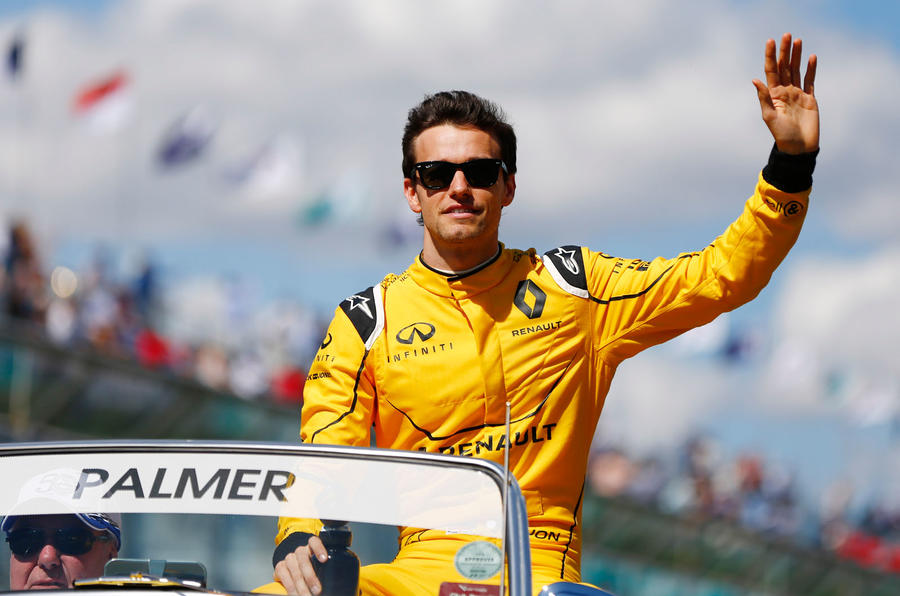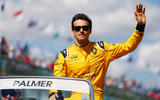Among armchair Formula 1 experts, familiar questions surround Renault’s British driver, Jolyon Palmer, son of UK circuit supremo and former grand prix driver Jonathan.
They’re the ones that always follow young racers with famous fathers. Did the name help? Is he quick enough? Does he deserve it? Damon Hill and Nico Rosberg know all about it.
The irony is that by the time any young driver gets to F1, the questions have long been answered – especially in Jolyon Palmer’s case, when the rising star has already been champion of F1’s ferocious feeder formula, GP2. Palmer doubtless benefited from the fact that his dad runs the UK’s best racing school – just as Michael Schumacher learned wheel-to-wheel racing on the family kart track – but the truth is that no one reaches F1 without an abundance of talent.
After a variable start to his debut season as a full-time F1 driver this year, Palmer settled down and raced harder and more effectively than his team-mate, Kevin Magnussen, previously known for giving Jenson Button a hard time at McLaren in 2014. The upshot is that, for 2017, Palmer enjoys a new status: he has been chosen on merit to drive Renault’s all-new car beside Nico Hülkenberg, the German veteran of 117 grands prix who was hired in October to increase the team's experience level. And so the scene is set…
I meet Palmer in a welcoming Sussex pub called the Noah’s Ark to review the 2016 season and discuss the coming year. He arrives punctually from his place in Clapham, South-West London, at the wheel of his new Renault Mégane RS, which he has hand-washed for our photographs. His father, who has suggested this pub and organised the meeting, arrives at the same time from his office in nearby Southwater.

Observing these arrivals (and knowing a bit about parenthood from the inside), I’m intrigued to see who will guide the discussion, but Jonathan doesn’t even participate. He’s scrupulous about staying out of his son’s way, drinking coffee and doing business via a laptop in another room until we’ve finished talking.



































Add your comment